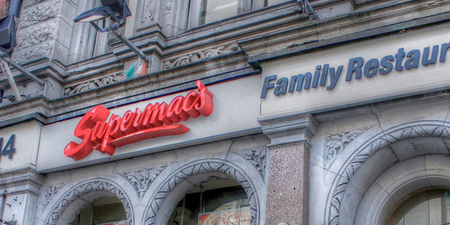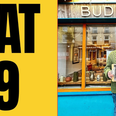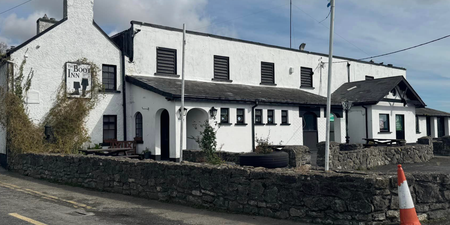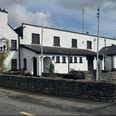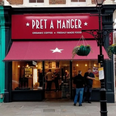We all remember doing stupid things as students.
I remember drinking Tesco Value screwdrivers made with Tesco Value Vodka. I remember trying–and failing at–standup comedy. I remember doing morally questionable things in cupboards, at house parties with questionable young men.
I also remember spending a lot of time in Wetherspoons.
And now, for all my efforts to be a grown up, I’m in Wetherspoons again.
Let’s not call it by its real name, ‘Wetherspoon’. ‘Spoons. The bar chain will be familiar to anyone who has lived in the UK, or who, like me, went to university there. They’re never far from college towns: as if by default, once a week, we’d go for cheap cocktails and beer at ‘Spoons’. Those years were all about the annoying abbreviations: ‘uni’, ‘Spoons’, and ‘Ro Ro’ which was my new name because nobody could pronounce my old one (to all the Meadhbhs and Dearbhals and Cathals, abroad but tethered to the homeland, I feel your pain…)

Britain has always been better than Ireland for pub chains, or worse, depending on how you view them. They feel like sheltered places, as though intended as training for the real pubs you drink in when you grow up. Where I studied we could choose between Wetherspoons, the vaguely more sophisticated All Bar One, and a Russian-themed place called ‘VODKA REVOLUTION’ with neon red lights everywhere, where they served quartets of vodka shots for a tenner with flavours like Cola Cube, Bubblegum and Oatmeal, which nobody ever chose.
The arrival of Wetherspoons on Irish shores has not been without controversy: they’re characterised as cannibals who eat the competition. But the Wetherspoons we visit is benign and unobjectionable. It’s a Thursday night in Blackrock, and the open-plan room is swarmed with young and old. I mean ‘young and old’ quite literally: the average Wetherspoons customer is either still getting ID-ed or in their seventies. In the centre of the room are college freshers so fresh they probably still cite Wikipedia in their essays. Seated at tables around the edges of the room appear to be their grandparents.

There’s no sign of the all-day alcoholics or feral Buckfast children we have been led to expect. No music, just other people’s conversation. The atmosphere is polite to the point of awkward. My friend orders a chicken caesar salad (it tastes good, from what I steal of it) and they give him a gin and tonic included for the price of €9.75. It arrives faster than in any other restaurant I’ve been to. The calorie count is printed next to each item on the menu, though mercifully not alongside the drinks.
I have been trying to act like a grown up lately, so I skip the Porn Star Martini (no, they really sell those here) and get a gin and tonic. Hendrick’s is €5.50 with a free mixer. You can double it for an added €2. This is where I decide that I should stop worrying and learn to love Wetherspoons.
I should point out now that I feel no loyalty to the old-fashioned Irish pub. I find them musty, forbidding, and at times, as a 5’2 female, predatory places. That is not to say that I think they should all be cleaned out and replaced with antiseptic McAlcohol, but I welcome alternatives too.

This is where Wetherspoons redeems itself: it’s not going after the traditional pub’s customer. For the college freshers I saw at the bar, pre-smoking ban pubs are hardly a memory, and the craft beer revival is not some kitsch reworking of the past. For them Wetherspoons caters to the same comforting mass delusion as Jack Wills clothing: a little forced, perhaps, but it feels vaguely ‘collegiate’ and represents how college is meant to be. When the new, fake version is all that exists in living memory, that becomes real as it gets.
And for Wetherspoons’ older customers? Maybe they like gin and tonics too.
On tables everywhere are leaflets. “Wetherspoon News” resembles a community news bulletin if the only community you had was in Wetherspoons, and revolved entirely around the consumption of craft ale. We meet the farmers and the cows who produce Wetherspoons steaks. We meet the brewers and the bar manager. Smiling, avuncular men pose next to beer taps, the most avuncular of all being Wetherspoons’ mulleted founder, Tim Martin, who authors a letter on the first page.
I am starting to feel dizzy from the gin. The calm, blathering copy reads like the transcript of an ASMR video: “The Three Tun Tavern in Blackrock is not just a pub–it is a shifting visual landscape… The curvaceous bar reflects the essence of a ‘tun’, a large beer cask or barrel, while the interior design is based on the concept of ‘faded grandeur’…” Hypnotised and comforted by the thought that someone took the time to write this, I read on until I notice I am sipping melted ice. I break to order more gin.
Wetherspoons is blandly seductive in the same way as repeat episodes of Come Dine With Me. You casually say yes, then suddenly you’ve lost a whole evening. They’re everywhere in Britain, from Ashby de la Zouch to Leighton Buzzard. Branches exist on motorways, in old cinemas, swimming pools, banks and churches. You can get married at Wetherspoons, and go on your honeymoon to a Wetherspoons hotel. They spawn like zombies, opening 100 new branches in the last three years alone.

And now Wetherspoons is accessible by DART. I used to feel that Wetherspoons was inextricably British, as British as curry houses, ‘gap yahs’ and Dr Who pub quiz machines. As English as the words ‘brekkie’, ‘brolly’ and ‘sarnie’. It would never work here.
But Wetherspoons is synthetic British, and that is marketable anywhere. And millennials, with our mangled mid-Atlantic accents and our perma-intern wages, will drink it up. We’ll pretend we’re being ironic, but we’ll keep coming back for the cheap gin.
Topics:
RELATED ARTICLES


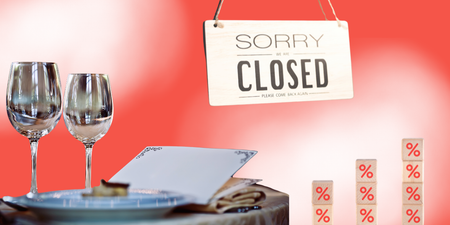

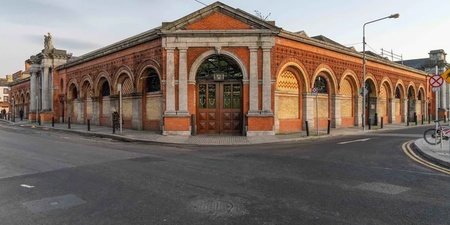

MORE FROM Lovin Dublin




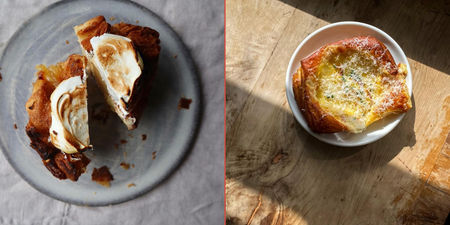

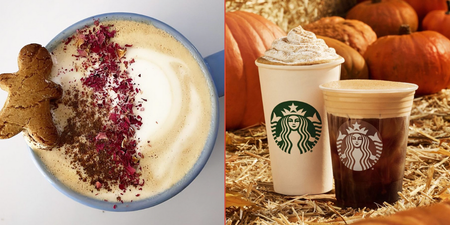

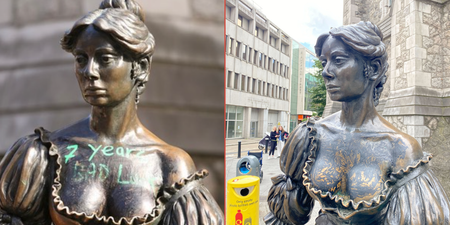



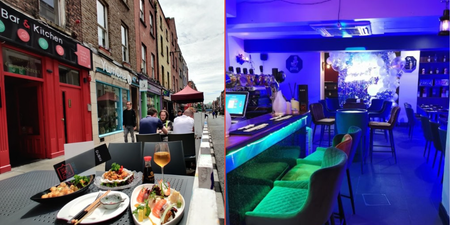
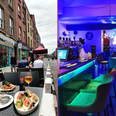




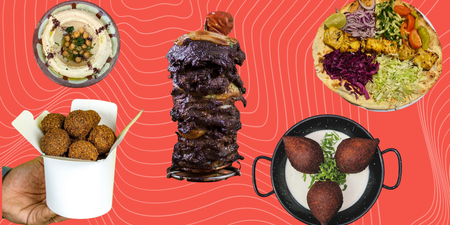

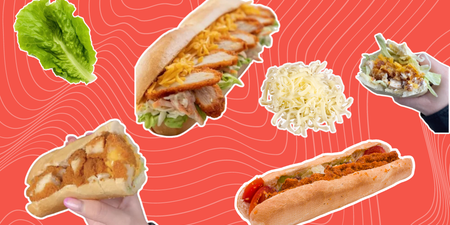

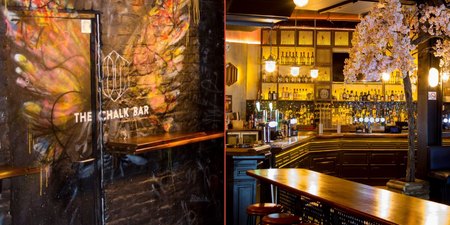
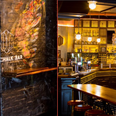
MORE FROM Lovin Dublin




